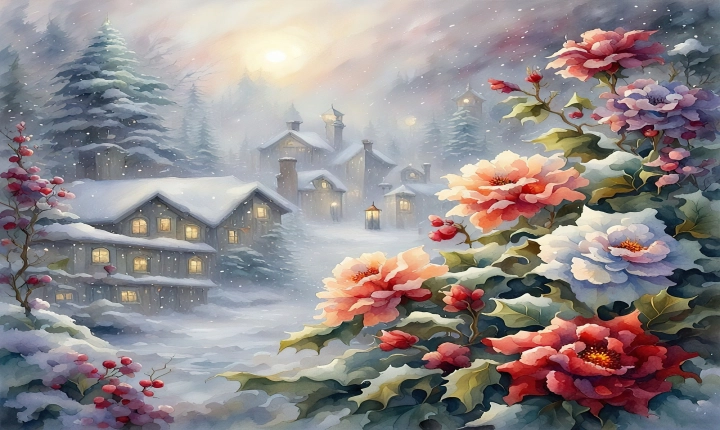Creating AI art has become increasingly popular in recent years, with artists and technologists exploring the intersection of creativity and artificial intelligence. As technology continues to advance, the ways in which people create AI art are becoming more diverse and innovative.
One of the most common methods for creating AI-generated art is through the use of Generative Adversarial Networks (GANs). GANs consist of two neural networks, a generator and a discriminator, that work together to produce new, original images. The generator creates images based on random input, while the discriminator evaluates the images to determine how closely they resemble real images. Through an iterative process, the generator learns to create increasingly realistic images, resulting in a unique form of AI-generated art.
Another approach to creating AI art involves the use of style transfer algorithms. Style transfer algorithms allow artists to apply the visual style of one image onto another. By utilizing deep learning techniques, these algorithms can analyze the visual characteristics of one image and apply them to another, resulting in a fusion of artistic styles. This process can be used to create compelling and visually striking AI art pieces.
Furthermore, some artists are incorporating AI as a creative collaborator in their artistic process. This may involve using AI algorithms to generate initial concepts or inspiration, which the artist then refines and develops further. By embracing AI as a collaborator, artists are able to explore new artistic pathways and challenge traditional notions of creativity and authorship.
It is also worth mentioning the use of AI-powered tools and software that assist artists in creating digital artworks. These tools can range from AI-assisted drawing and painting programs to AI-powered image manipulation software. These tools empower artists to experiment with new techniques and styles, as well as streamline their workflow by automating certain aspects of the creative process.
In addition, the concept of “evolutionary art” has emerged, where AI algorithms are used to generate and evolve art over time. Artists can create initial parameters and allow the AI to generate a variety of artworks based on those parameters. The artist can then select certain pieces to serve as the basis for the AI to generate new iterations, creating a process of continuous evolution and exploration.
The accessibility of AI art tools and technology has democratized the creation of AI-generated art, allowing a wider range of individuals to explore and experiment with this medium. As a result, the art world is seeing a surge in diverse and groundbreaking AI art, challenging traditional notions of artistic creation and the role of technology in the creative process.
In conclusion, the creation of AI art encompasses a wide range of innovative techniques and approaches, from GANs and style transfer algorithms to AI-powered collaborative tools. Artists and technologists are harnessing the power of artificial intelligence to create compelling and thought-provoking artwork, blurring the boundaries between human creativity and machine intelligence. As technology continues to evolve, the realm of AI art is sure to expand and inspire new forms of artistic expression.
